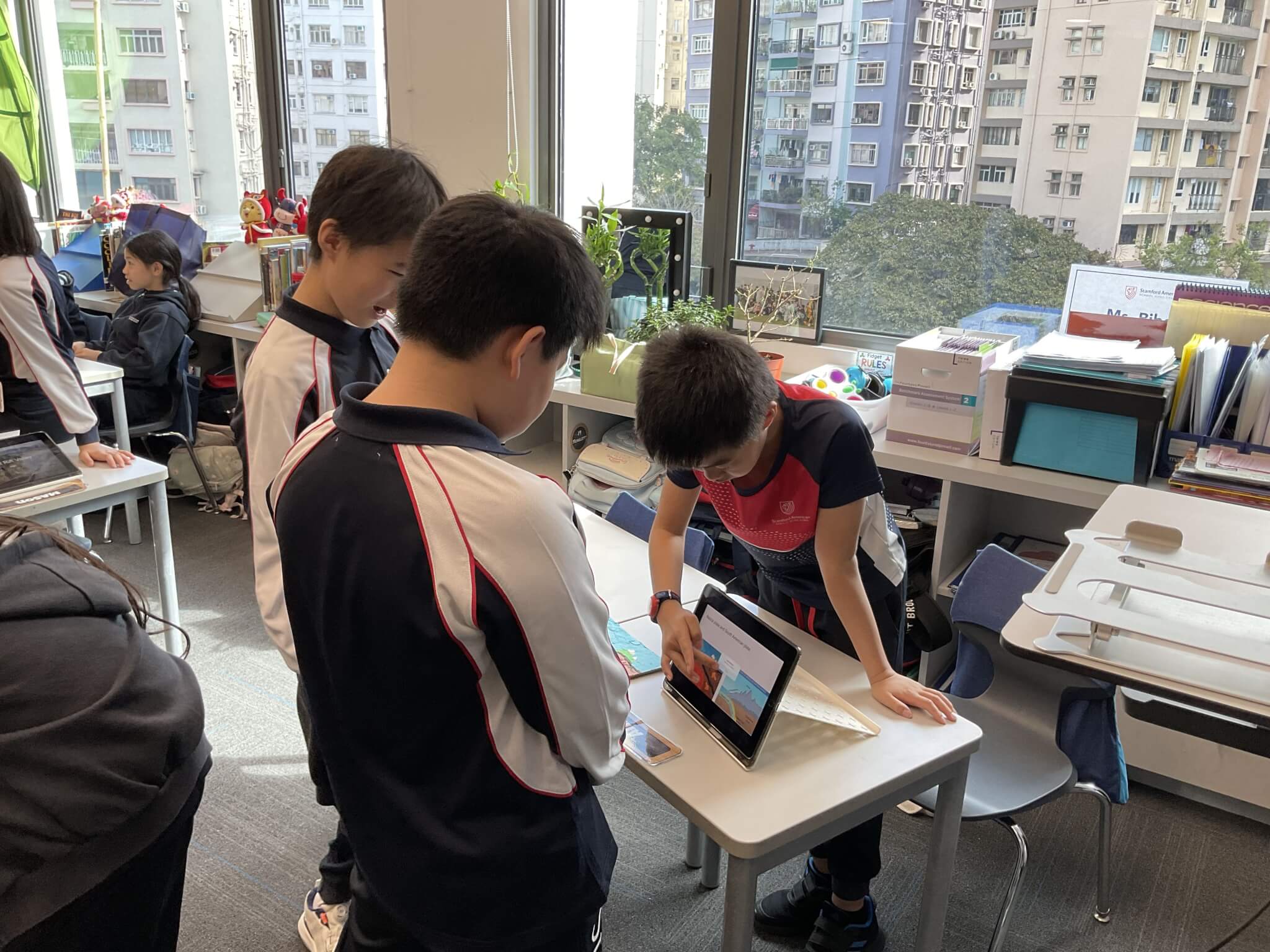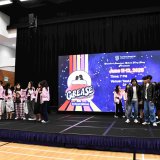What would happen if students could explore climate change by designing solutions to reduce their school’s carbon footprint? Or if math class involved creating a business plan for a local bakery? These aren’t just hypothetical exercises; they’re real examples of what learning can look like when it moves beyond worksheets and into the real world. Project-based learning (PBL) is a dynamic, student-centered teaching method that transforms how students learn by placing meaningful challenges at the heart of the experience. Instead of passively absorbing information, students take ownership — exploring complex questions, working collaboratively, and applying knowledge in hands-on, impactful ways through this meaningful education.
This article breaks down what project-based learning truly means, how it differs from traditional curriculum, and why it’s gaining traction in classrooms worldwide. Drawing from educational sources like PBLWorks, Prodigy Game, and PowerSchool Solutions, we’ll walk you through the core components, key benefits, and common misconceptions of this powerful instructional model.
Defining Project-Based Learning: Learning by Doing
Project-based learning is a teaching method in which students gain knowledge and skills by working for an extended period of time to investigate and respond to an authentic, engaging, and complex question, problem, or challenge. According to PBLWorks, a “Gold Standard” project-based learning emphasizes seven key design elements, effective teaching practices, and an equity-centered vision to meet diverse learner needs and create impactful, engaging projects in the classroom.
What sets PBL apart from traditional projects? Unlike a diorama or poster board made after a lesson, PBL embeds inquiry, critical thinking, and collaboration throughout the learning process. Students are not following a recipe; they’re investigating real problems, making decisions, and revising their work based on feedback and reflection.
ProdigyGame emphasizes the student-driven nature of project-based learning, where learners are encouraged to ask their own questions, pursue solutions, and think critically, all while aligning with educational standards. PowerSchool Solutions adds that PBL prepares students for the real world by fostering a sense of independence, creativity, and critical thinking skills.
The Core Elements and Characteristics of Effective PBL
According to PBLWorks, high-quality project-based learning experiences include seven essential elements. Let’s walk through them:
- Challenging Problem or Question: The project begins with a meaningful driving question — something that’s both thought-provoking and grounded in real-world relevance. This is what guides inquiry and sparks curiosity.
- Sustained Inquiry: PBL is not a one-day activity. Students engage in an extended exploration process that includes asking questions, conducting research, testing ideas, and synthesizing information.
- Authenticity: Projects are connected to real-world issues or challenges. Whether it’s creating a business proposal or building a robot, authenticity makes learning more engaging and meaningful.
- Student Voice and Choice: Students aren’t just following directions. They make decisions about their process, product, and presentation, which boosts motivation and creativity.
- Reflection: Built-in opportunities for self-reflection and group discussion help students evaluate their progress, celebrate successes, and plan improvements.
- Critique and Revision: Feedback isn’t just welcomed; it’s expected. Students learn to revise and improve their work based on peer and teacher input.
- Public Product: Finally, students create a tangible result they share with an audience, whether that’s a class presentation, community exhibition, or digital showcase. This adds real-world pressure and pride.
ProdigyGame mentions that PBL process requires the students to present the challenge or issue of their interest, the investigation method and deliver a product for solution, while PowerSchool Solutions likens the entire experience to Shark Tank for teens, where young and aspiring entrepreneurs brainstorm and pitch their product ideas in response to a challenge or problem to business leaders.
The Benefits of Project-Based Learning
Why are so many educators turning to PBL? Because it doesn’t just teach content; it helps students develop skills for life.
- Deeper Learning and Retention: By working on meaningful problems over time, students gain a more profound understanding of concepts. Learning becomes sticky because it’s applied, not abstract.
- 21st-Century Skills Development: PBL helps students practice critical competencies such as:
- Problem-solving and critical thinking
- Collaboration and teamwork
- Communication and presentation skills
- Creativity and innovation
- Initiative and self-management
- Media and information literacy
- Greater Engagement and Motivation: Because students have choice and relevance, they’re more invested in the work. According to PowerSchool, this leads to improved attitudes toward school and learning overall.
- Improved Collaboration and Teamwork Skills: PBL projects often require students to work in groups, brainstorm ideas, delegate responsibilities, resolve conflicts, foster stronger interpersonal skills, and teach students how to function in diverse teams.
- Enhanced Communication Skills: Whether through oral presentations, written reports, or digital media, PBL strengthens their ability to express complex ideas clearly and confidently to different audiences.
- Real-World Application: Whether it’s solving a local traffic issue or proposing a new school lunch menu, PBL bridges the gap between classroom theory and real-life practice.
- Development of Research and Inquiry Skills: In PBL, students must ask the right questions, locate credible sources, evaluate information, and synthesize what they find. These inquiry skills are fundamental for navigating a world full of information.
The Teacher’s Role in Facilitating PBL
In a project-based learning classroom, the teacher is not the “sage on the stage” but the guide on the side. Here’s how that looks:
- Designing and launching the project: This includes developing a compelling driving question and planning a framework aligned with learning goals.
- Facilitating inquiry: Teachers help students ask good questions, explore resources, and stay on track without giving away the answers.
- Providing Guidance and Support: Rather than explaining every step, teachers nudge students toward clarity, encourage problem-solving, and provide scaffolds to support independent thinking.
- Managing timelines and logistics: Projects often include multiple checkpoints and deadlines. Teachers help students pace themselves and stay organized.
- Assessing learning: From formative check-ins to final presentations, teachers evaluate both process and product.
- Providing feedback and structure: PBL isn’t a free-for-all. The teacher scaffolds learning while giving students increasing responsibility.
- Creating a Collaborative and Supportive Learning Environment: PBL thrives when students feel safe to explore, question, and take risks. Teachers foster an environment where teamwork, respect, and inquiry are the norm
Examples of Project-Based Learning Activities
Project-based learning can be tailored to any subject and age group. Here are just a few examples inspired by real classrooms:
- Science: Students design a sustainable school garden, learning about ecosystems, nutrition, and water conservation.
- Business/Marketing: Teams create a marketing plan for a local business, incorporating data analysis, design, and persuasive writing.
- Civics: Learners research and propose solutions to a local community issue, then present their findings to local officials.
- History: Students build a working model of a historical invention, combining research, engineering, and creative storytelling.
- Media Arts: A class produces a short documentary on a current social issue, integrating journalism, digital editing, and civic engagement.
Addressing Common Misconceptions about Project-Based Learning
Let’s clear up a few myths:
“It’s just doing projects.”
Not quite. PBL is the entire learning process, not an end-of-unit extra. It requires planning, scaffolding, and assessment.
“There’s no academic rigor.”
High-quality PBL is aligned with curriculum standards and requires students to master complex concepts, sometimes more deeply than traditional methods.
“Students won’t stay on task.”
With proper structure and support, students thrive in PBL. In fact, many become more self-directed than in traditional classrooms.
Conclusion: Embracing Active and Meaningful Learning
Project-based learning is more than a trend; it’s a proven way to engage students with real-world challenges, helping them build knowledge and skills that stick.
By embedding inquiry, collaboration, and creativity into the learning process, PBL not only supports academic success but also prepares students for the dynamic, problem-filled world they’ll inherit. When students are encouraged to think critically, take initiative, and make meaningful contributions, that’s when learning really comes to life.
So, whether you’re an educator looking to shift your approach or a parent exploring new learning models, one thing is clear: project-based learning turns curiosity into capability.





